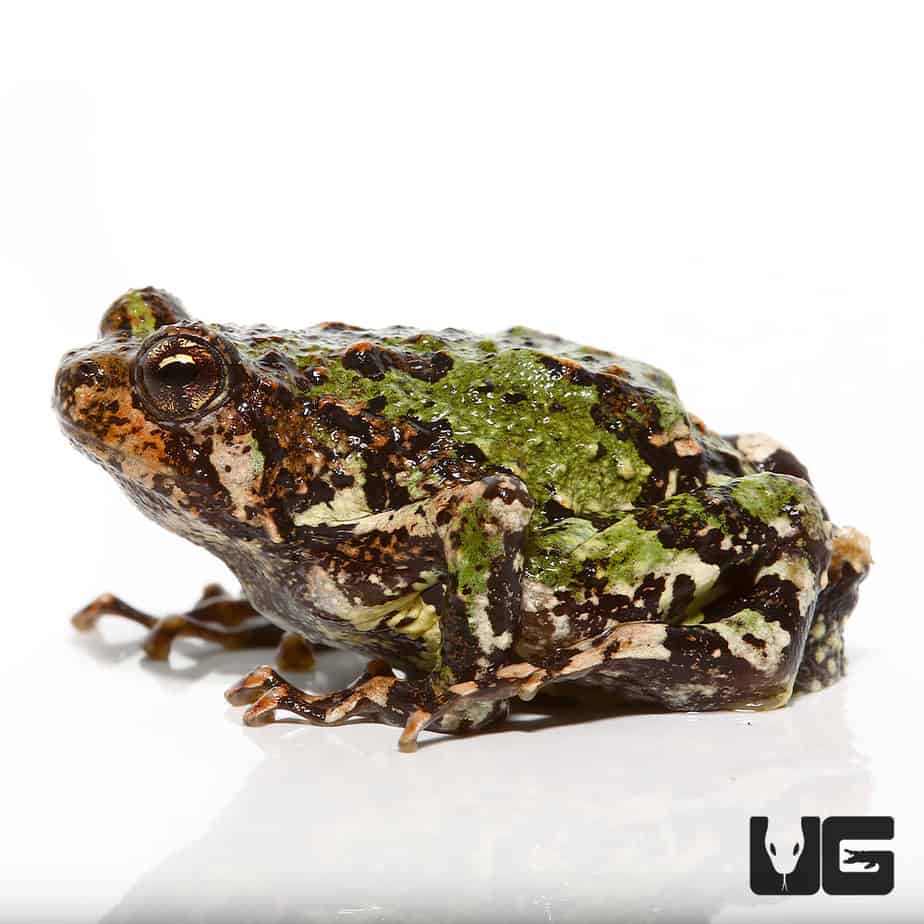Seeking Rain Frog for Sale? Discover Your Ideal Amphibian Companion Here!
Seeking Rain Frog for Sale? Discover Your Ideal Amphibian Companion Here!
Blog Article
The Ideal Reptile Enclosures: Exactly How to Produce the Suitable Environment
Creating the excellent environment for reptiles is not nearly positioning them in a storage tank or enclosure; it involves a thoughtful factor to consider of various factors that add to their total well-being. From the dimension of the unit to the sort of substrate utilized, every aspect plays a crucial duty in supplying an environment where your reptile can thrive. By recognizing the certain needs of your reptile types and implementing the best habitat setup, you can guarantee their health and joy in captivity.
Picking the Right Unit Dimension
When selecting an unit dimension for reptiles, it is critical to consider their all-natural actions and area requirements to guarantee their wellness and wellness. When it comes to environment room, various reptile species have differing demands. Arboreal types like chameleons or tree snakes need upright area for climbing up and setting down, while earthbound types such as bearded dragons or leopard geckos require more floor room for exploring and thermoregulation. Marine turtles like red-eared sliders demand enclosures with both water and acreage for swimming and basking.
A general rule of thumb is to offer enough area for the reptile to display natural habits, such as basking, concealing, climbing up, and foraging. By thoroughly taking into consideration the specific demands of the reptile species in inquiry, proprietors can create an ideal and improving environment that promotes overall health and encourages all-natural behaviors.
Establishing Up Appropriate Home Heating Elements
To make certain the health and health of reptiles in their rooms, it is necessary to meticulously establish appropriate heating elements. Reptiles are ectothermic animals, meaning they depend on outside heat sources to regulate their body temperature level. When establishing heating components in a reptile enclosure, it is essential to consider the specific temperature level demands of the varieties you are taking care of. Different reptiles have varying temperature level needs based on their all-natural habitat, so it is very important to study and comprehend these requirements.
One effective and usual home heating element for reptile enclosures is a warm light or ceramic warmth emitter. These warmth sources can be made use of to create a temperature gradient within the enclosure, allowing reptiles to move between warmer and cooler locations as needed. Additionally, under-tank heating pads or warm mats can be used to supply tummy heat, which is specifically useful for reptiles that call for extra warmth to aid in digestion.
Monitoring the temperature level within the unit making use of a thermostat is vital to make sure that the heating elements are preserving the proper temperature array for your reptile. Regularly examine and adjust the heating aspects as required to produce a healthy and balanced and comfortable setting for your flaky buddy.
Selecting Appropriate Illumination Fixtures

Supplying the Ideal Substratum
Choosing the suitable substratum is essential for producing a comfy and appropriate atmosphere for reptiles in their rooms. Some reptiles, such as desert-dwelling varieties like bearded dragons, grow on substratums like calcium sand or reptile rug, while others, like round pythons, like coconut husk or aspen bed linens to keep moisture degrees.
Stay clear of substratums that can cause impaction, such as loose substratums like sand or crushed rock, specifically for reptiles recognized to consume their bed linen. On a regular basis cleaning and replacing the substrate is vital to make sure a sanitary and clean setting for your reptile.
Designing for Enrichment and Convenience
Considering the substratum's function in supplying see here now a foundation for all-natural behaviors and maintaining a suitable environment, improving the reptile room with appropriate decors is crucial for both enrichment and comfort. Designs such as branches, rocks, hideouts, and man-made plants not look here just create an extra visually enticing environment yet additionally serve practical objectives. Branches provide climbing chances for arboreal species, while rocks can act as basking places for warmth. Hideouts provide sanctuary and safety and security, minimizing tension degrees for the reptile. Fabricated plants not just enhance the aesthetics but also supply concealing spots and enrichment by permitting the reptile to discover and engage with its setting. When embellishing the unit, it is necessary to consider the reptile's species-specific demands and habits to produce a space that advertises psychological and physical health. By incorporating a selection of decorations that mimic the reptile's all-natural habitat, owners can guarantee their pet dog's convenience and promote their all-natural reactions, eventually bring about a happier and much healthier reptile.
Conclusion

Developing the ideal environment for reptiles is not just concerning positioning them in a container or room; it entails a thoughtful consideration of different aspects that contribute to their general wellness.Selecting the appropriate substratum is crucial for developing a comfy and suitable environment for reptiles in their enclosures. Some reptiles, such as desert-dwelling species like bearded dragons, flourish on substrates like calcium sand or reptile carpet, while others, like sphere pythons, favor coconut husk or aspen bed linens to keep moisture degrees.
By including a range of decors that mimic the reptile's all-natural habitat, owners can guarantee their pet's convenience and promote their natural instincts, ultimately leading to a happier and much healthier reptile.
In final thought, creating the suitable habitat for reptiles entails selecting the appropriate room dimension, home heating aspects, lighting fixtures, substrate, and decors.
Report this page